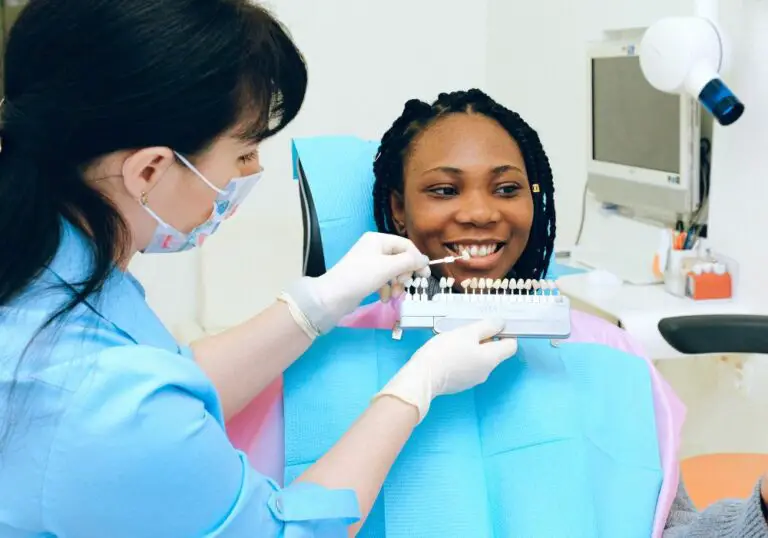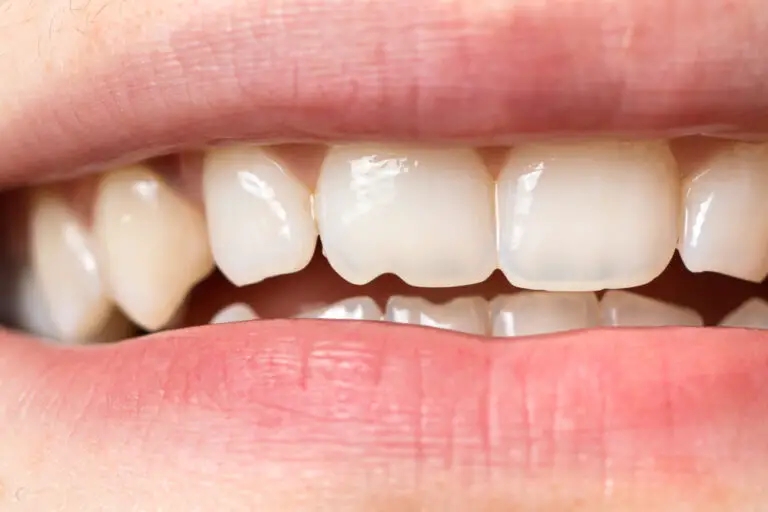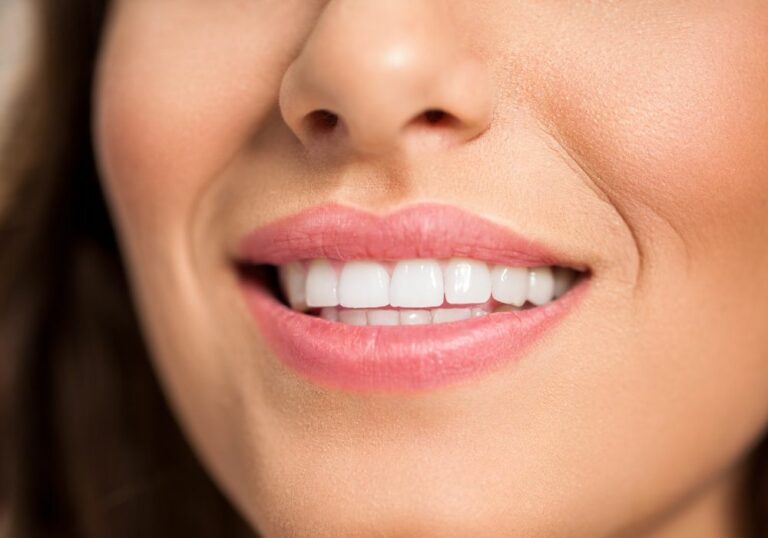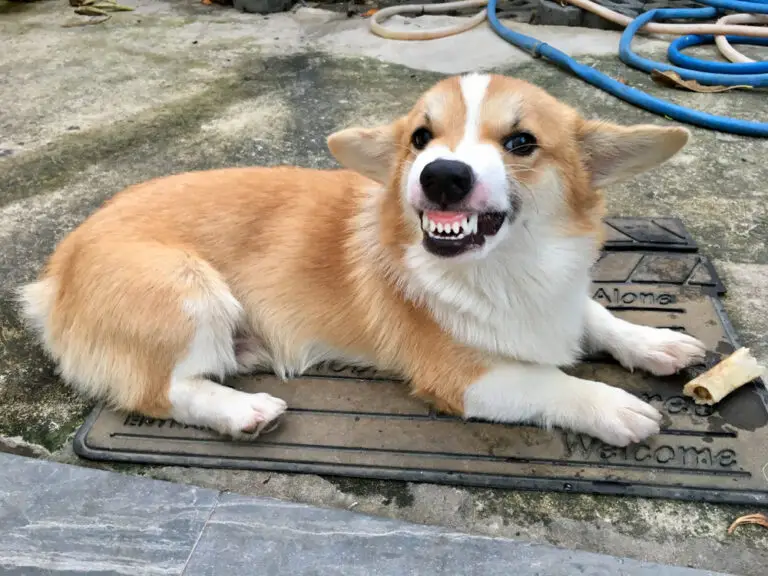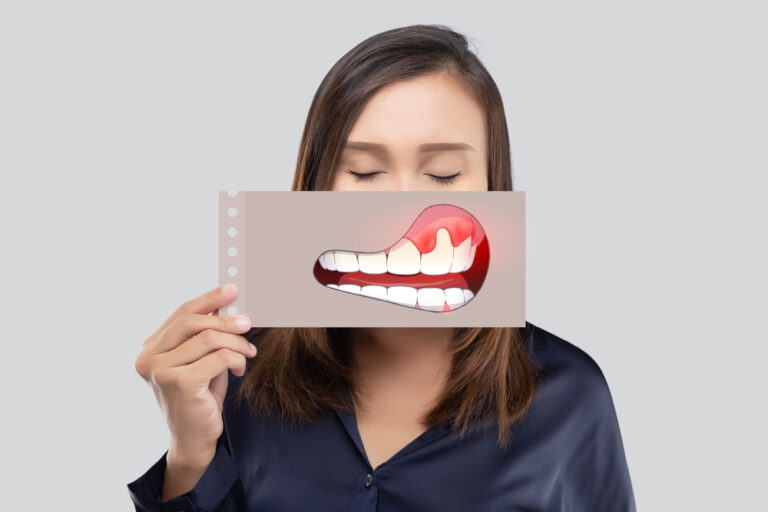Dogs have evolved distinct teeth structure and functions ideal for their omnivorous diet. But owners often notice their canine companions have surprisingly dull, blunt molars and premolars towards the back of their mouths. This differs from the sharp, ripping teeth seen in obligate carnivores like cats.
So why do dogs often lack sharp teeth? What’s the evolutionary history behind doggy dentition? And how do their teeth aid dogs in their symbiotic relationship with humans? This article dives into the specifics behind your pup’s peculiar blunt teeth.
A Dog’s Mouth Contains Diverse Teeth Types
Dogs have baby teeth just like humans that fall out to make way for permanent adult chompers. By around 6 months of age, an adult dog will end up with 42 teeth consisting of incisors, canines, premolars, and molars – 10 teeth in the upper jaw and 10 in the lower jaw for each quadrant.
Incisors – Located at the front of the mouth, dogs have 6 small incisors on both top and bottom jaws. These have a flat edge and chisel-like shape used for nipping and biting off pieces of food.
Canines – Behind the incisors are the 4 trademark pointed canine teeth of dogs. Also known as cuspids, eyeteeth, or fangs, these have a single long cusp and spearhead shape perfect for stabbing, gripping, and tearing meat and hides. They lend dogs their classic bite.
Premolars – Set between the canines and molars are larger multi-cusped premolars. Premolars are transitional teeth with 2-3 points still capable of some tearing and shearing. Adult dogs have 4 premolars in each quadrant for a total of 16.
Molars – Located in the rear of the mouth are the molars – massive teeth with 4-5 blunted cusps designed for grinding and mashing food. Dogs have 3 molars in each quadrant, making for a total of 12 flat molars.
Dogs Have Evolved With Blunt Rear Dentition
Examining the back teeth of a dog, one notices the premolars have pointed cusps but are worn dull. The molars are truly flat and broad with chunky cusps rounded over time. This differs from wild canines like wolves with sharper rear teeth more suited for shearing meat and bone.
The blunted shape shows dogs have evolved as opportunistic omnivores, not true carnivores. While capable hunters, dogs also retain the ability to digest diverse foods. Their rear teeth facilitate grinding tough fibrous plants, fruits, nuts, and grains. This omnivorous adaptation offered survival advantages for roving proto-dog ancestors who scavenged human encampments.
Over thousands of years, dogs benefited from mashing teeth able to utilize carbohydrate and protein sources humans provided or discarded. This dietary flexibility allowed Canis familiaris to expand their niches beyond only hunting large prey as wolves do. Selection favored teeth able to crunch and smash all kinds of food.
Today’s dogs retain this blunt dentition allowing them to gain nutritional value from the kibble, treats, table scraps, and chew toys that are part of life as human companions. Their unique teeth strike a balance between meat-shearing and plant-grinding.
Do Puppies Also Have Blunt Teeth?
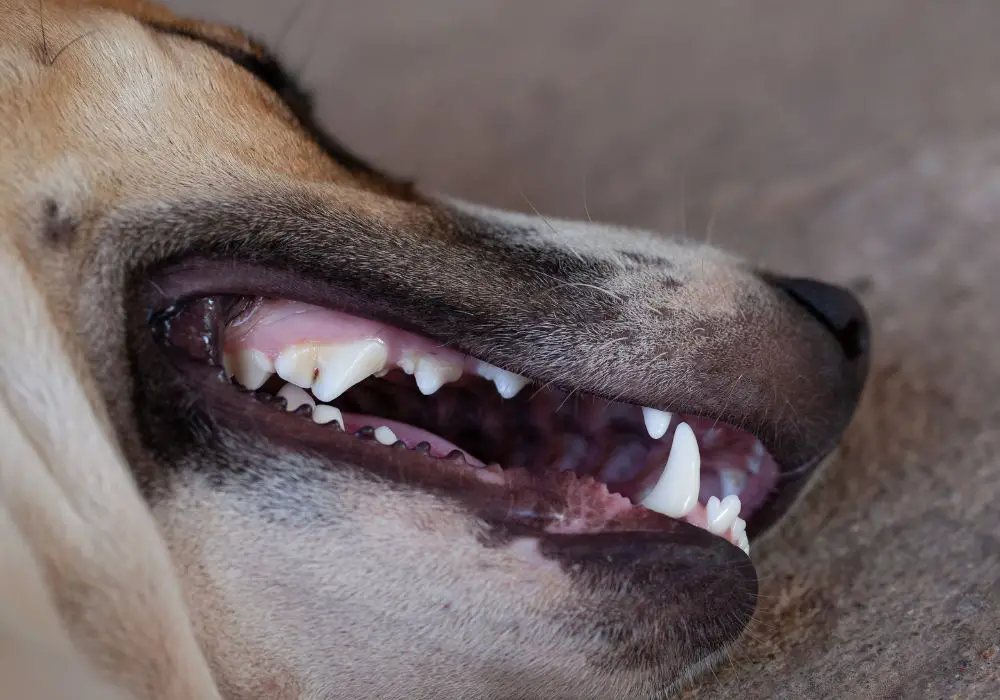
Those tiny needle-like teeth of newborn puppies might suggest they are born strictly carnivorous hunters. But this is not the case. Puppies indeed have sharp deciduous teeth optimized for eating and defending themselves. But mixed among their needle-like milk teeth are premolars already showing a blunter, grinding surface.
Puppies have 28 deciduous teeth that start erupting around 3-4 weeks after birth. The teeth present are incisors, canines, and premolars:
- Incisors – 6 on top and 6 on bottom. Small and chisel-edged.
- Canines – 2 on top and 2 on bottom. Pointed single-cusp fangs.
- Premolars – 4 on top and 4 on bottom. Wider with 2-3 cusps.
Puppies lack adult molars until around 16 weeks old when teething begins transitioning their bite to permanent dentition. But the premolars do exhibit flatter surfaces and edges compared to their sharper milk canines. These premolars are already suited for some mashing and grinding, showing puppies are geared for varied foods.
Sharper Teeth in Some Breeds, But An Overall Omnivorous Design
Despite their reputation as meat-lovers, the vast majority of dogs retain the blunt, crushing functionality of an omnivorous mammal. However, some breeds due to specific breeding selection do have subtle sharpness differences in their rear dentition. There can be variation between individual dogs as well.
Certain guarding, fighting, and hunting breeds often exhibit slightly sharper premolars or thicker canines. For example:
- Dobermans were bred for police and war work where capturing and restraining humans required intimidating teeth. Their premolars show less grinding surfaces.
- Boxers developed as all-purpose utility dogs have broader, flatter molars with extra mashing ability compared to other breeds.
Yet while some dogs have teeth profile skewed slightly more towards meat or plant-eating, they ultimately retain an omnivorous capacity handling both. Dogs are flexible eaters compared to hyenas, lions, or grey wolves more limited by their dentition. No dogs have purely carnivorous teeth or purely herbivorous teeth as their omnivorous origins enable generalist eating.
Why Are Doggy Blunt Teeth Important?
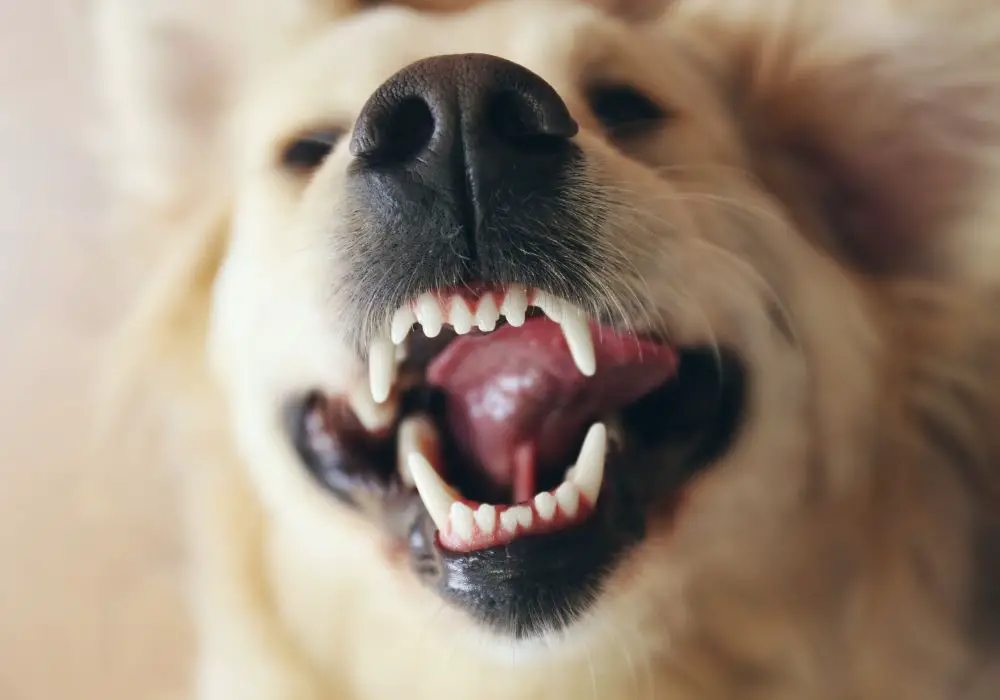
The blunt, flat mashers at the back of a dog’s mouth provide several evolutionary advantages:
- Breakdown of food – Broad grinding surfaces facilitate digestion of bones, fibrous plants, grains, etc that might pass intact through a carnivore stomach. Dogs gain more nutritional value from their food.
- Dietary flexibility – Dogs can thrive on diverse diets compared to strict carnivores. This was key during their early domestication as they came to rely on human food scraps.
- Stronger jaw muscles – Chewing and mashing helps exercise and develop stronger masseter muscles in the jaw. This gives dogs a powerful bite.
- Tooth durability – Blunt cusps are more fracture-resistant than thin, sharp edges prone to breaking. They withstand force better.
- Safety for humans – Dogs can mouth and nip with their rear teeth but are less likely to cause major injury like sharp carnassial teeth.
So while not as fearsome as a lion’s mouth full of slicing carnassials, a dog’s signature blunt backend teeth are an important evolutionary adaptation facilitating its partnership with humans as man’s best friend.
Caring For Your Dog’s Teeth
Proper care for your canine companion’s teeth ensures their blunt dentition stays in good working order. Here are some tips:
- Brush regularly – Brushing 2-3 times a week removes plaque and bacteria. Use dog toothpaste and toothbrushes of proper size.
- Professional cleanings – Veterinary dental cleanings periodically scale away tartar and polish the teeth under anesthesia. Frequency depends on breed and dental health.
- Dental checkups – Getting your dog’s teeth examined annually lets vets detect any problems early.
- Avoid hard objects – Hard chew toys and bones can crack teeth. Use softer rubber chews.
- Watch diet – Some diets and treats leave more residue contributing to tartar buildup.
With proper care, your dog’s specialized choppers will stay happily crunching and munching all their favorite foods!
Frequently Asked Questions
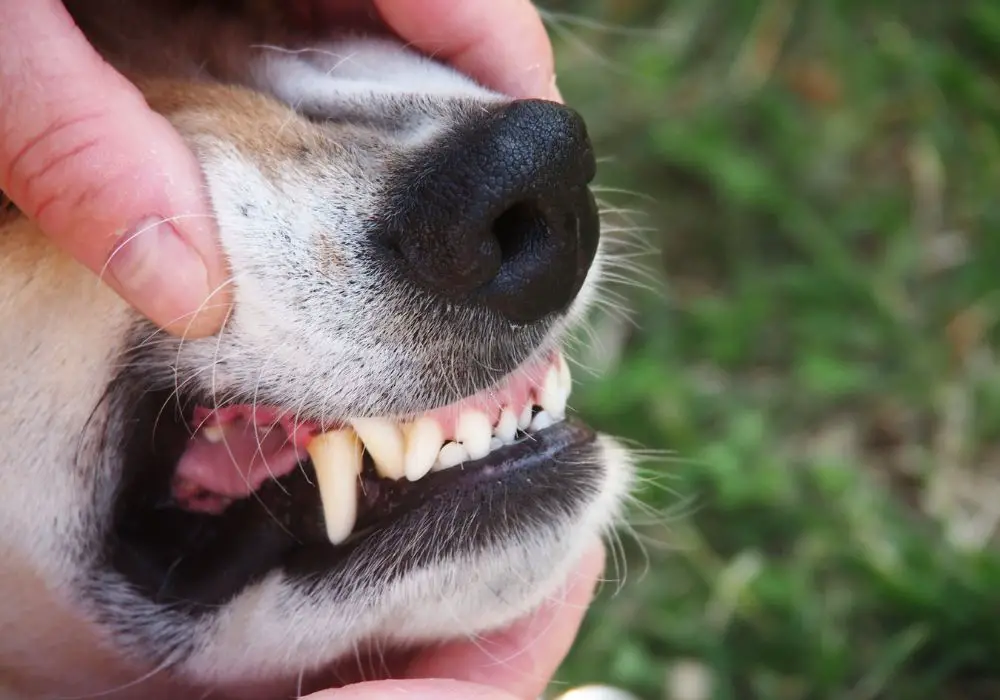
Why are my puppy’s teeth so sharp?
Puppies have sharp little milk teeth to help their initial transition to eating solid food after weaning. The razor-sharp deciduous teeth also provide defense for vulnerable young puppies against predators or harm. Not to worry though, those needle teeth are temporary – adult teeth will come in around 4-6 months.
What if my dog breaks a tooth?
If your dog fractures or chips part of their tooth, it’s best to have it examined by your veterinarian. They will likely recommend extraction or sealing the damaged tooth. Leaving it untreated can allow decay and infection of the tooth’s pulp which is extremely painful. But dogs are adaptable and with some softer foods they can manage fine even with missing or damaged teeth.
Do dogs ever need dentures?
Most dogs do perfectly fine without tooth replacement after extractions. But veterinary dentists can install crowns, bridges, partial dentures, or even a full set of dentures if a dog is missing many crucial teeth or has badly damaged teeth causing dysfunction. The procedures require anesthesia and several fittings to get the tooth prosthetics properly seated and comfortable.
Should I brush my dog’s teeth?
Yes, it is highly recommended to brush your dog’s teeth regularly, ideally 2-3 times per week. Use a soft bristle toothbrush sized for their mouth along with special dog toothpaste. Brushing helps remove plaque and tartar to prevent periodontal disease which can erode teeth and gums. It’s best to start a toothbrushing routine during puppyhood and maintain it throughout their life.
What is a dog dental cleaning?
A professional dental cleaning performed by a vet or veterinary dentist is advisable at least once a year for most dogs depending on their breed, age, and dental health. It involves fully anesthetizing the dog and scaling the teeth using special tools to remove all plaque and tartar above and below the gum line. Polishing all tooth surfaces follows. Cleanings prevent decay, infections, gum recession, and tooth loss.
Conclusion
Your dog’s signature blunt, mashing rear molars and premolars are the result of evolutionary adaptations as dogs became more omnivorous. The flat teeth provide benefits for breakdown of diverse foods including human scraps, which facilitated Canis familiaris domestication. While some breeds have pointier or flatter teeth, most retain generalized omnivore dental features. Proper tooth care preserves your pup’s special choppers so they can keep happily chewing and crunching away!

